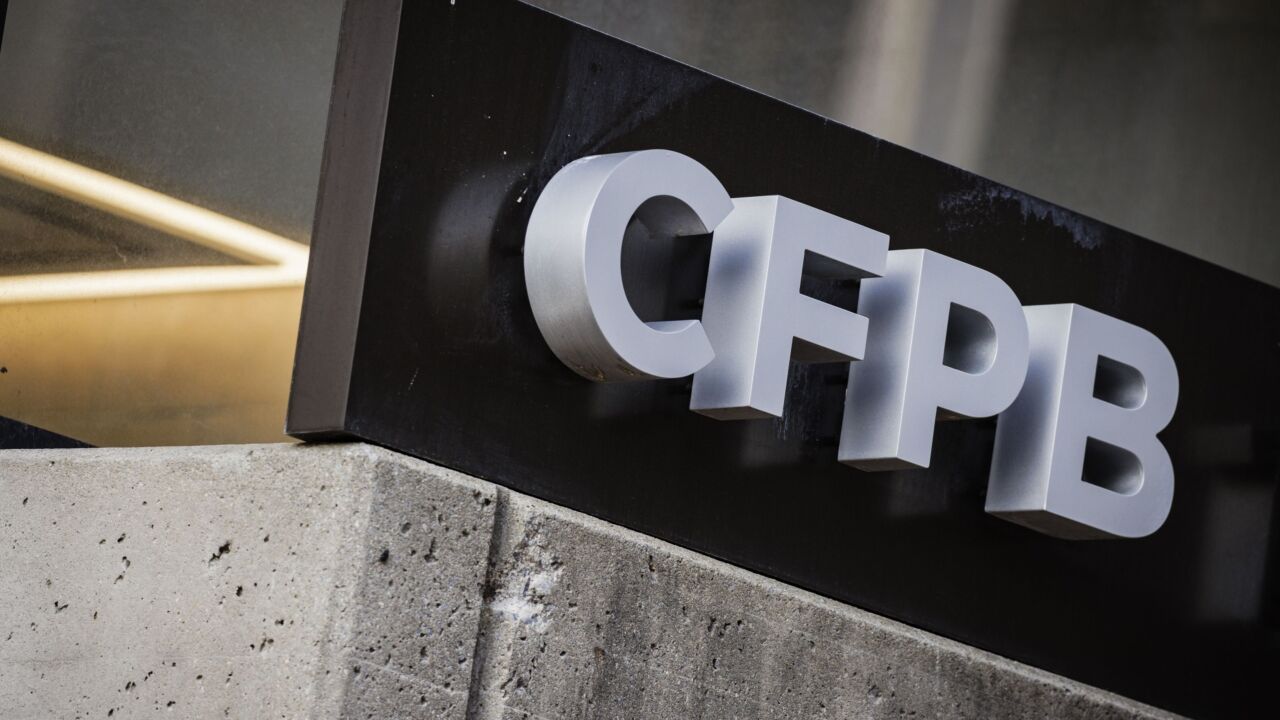It's no surprise that London topped the chart of "Cashless Capitals" in a recent study, considering its status as a major fintech hub of the U.K. But this wasn't enough to make it the country's contactless capital.
Contactless payments were

But this head start wasn't enough to give London the lead over Bristol, which is responsible for about 3% of the U.K.’s card transactions. Bristol was crowned the Contactless Capital for processing the highest proportion of contactless payments in the U.K., according to the merchant services provider
Ten years after its introduction, contactless technology is everywhere in the U.K., from supermarkets to restaurants, from car parks to
Fraud figures double in the U.K.
The number of U.K.-issued contactless cards doubled to
And while contactless spending was on the rise, U.K. fraud losses doubled to £14 million in 2016 from £6.9 million in 2015, according to Financial Fraud Action U.K.
These fraud numbers, while climbing, are still relatively low. Using 2015 fraud numbers,
One way that scammers steal from contactless cards is by card skimming. Criminals carry card-cloning devices and secretly scan pockets to steal card details or to effect a tap-and-pay transaction and take up to £30 from the unwitting victim.
Comparing contactless payments adoption in U.S. vs U.K.
In the United States, adoption of contactless payments has been significantly delayed. Despite being the home of Apple and Google mobile wallets — not to mention the birthplace of wearables — contactless payments are only now on the rise in the U.S. (after a short-lived effort that ended in 2011 when JPMorgan Chase dropped its
An estimated
But the time is now right for America to jump on the contactless bandwagon.
The original EMV chip-and-PIN cards, first issued across the U.S. in 2014, are finally up for replacement. Some
Starting in late 2018,
But it will be some time before the U.S. catches up with Canada and the U.K., let alone
A study by Stockholm’s KTH Royal Institute of Technology has predicted cash could be history there by 2030.




